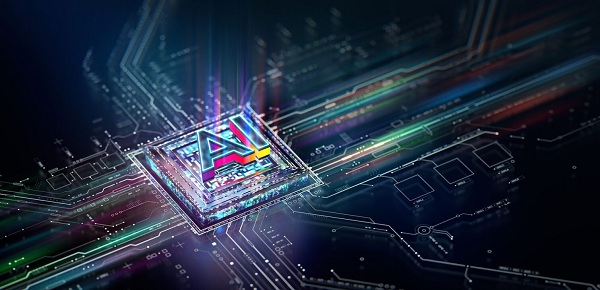
Laying out an effective circuit is challenging. Rising demands for smaller electronics with higher functionality make it all the more so. As imposing as such obstacles may seem, AI electronic circuit design offers a complete solution.
AI’s growth is part of the reason behind the massive surge in chip functionality requirements. While it may be a portion of the problem, it’s also the answer in many ways.
Benefits of AI in Electronic Circuit Design
Some AI tools automate the entire circuit design process, while others review existing plans or make suggestions. In all cases, the technology provides a few crucial advantages over conventional workflows.
Optimized Layouts
One of AI’s greatest strengths is that it can analyze vast amounts of data with high accuracy. This makes it ideal for complex decision-making, such as determining the best way to place and connect components for an effective and space-efficient circuit. As a result, AI features make it easier to optimize circuitry within a specific project’s constraints.
According to Deloitte, companies have used AI to create circuits 2.3 times more energy-efficient or 25% smaller than human-engineered ones. Machine learning is able to achieve such optimization because it considers a wider range of data than a person can reasonably calculate. Other AI tools can simulate circuitry’s real-world performance to directly compare alternatives and find the best way forward.
Higher Efficiency
Applying AI in electronic circuit design also helps engineers achieve faster turnaround times. AI solutions can review a mock-up and optimize routing suggestions within hours when manual verification may take days or even weeks. These speed improvements don’t sacrifice precision, either, ensuring engineers can produce the best-functioning circuit in the least amount of time.
AI improves overall efficiency even when human professionals still handle most of the design phase. Machine learning-powered simulations can test and verify a circuit’s performance after the fact in place of physical, real-world quality checks. As a result, manufacturers avoid lengthy trial and error, enabling faster times to market.
Lower Costs
Such speed results in reduced operational costs, too. When design takes less time, companies spend comparatively less on the energy and labor required to make each product. Simulated circuit testing also minimizes quality assurance expenses by removing the need to consume physical materials and run equipment.
AI circuit design can also lower expenses by designing more resource-efficient products. Semiconductor company MediaTek was able to cut a component’s die area by 5%, ensuring they could produce the chip with fewer materials. Optimizations like this, in turn, reduce reliance on scarce metals or expensive conductive inks for lower production costs.
Best Practices for Applying AI in Circuit Design
Electronics manufacturers can capitalize on these benefits in many ways, so they should begin by determining the most impactful AI use case for their situation. As helpful as AI in circuit design is, implementing the technology can be expensive and complex. Consequently, it yields better results when engineers use it to address their largest pain points.
In some companies, this may mean using digital twins to simulate circuit tests, removing quality control bottlenecks. In others, it could look like automating the design phase to optimize resource or time consumption. Regardless of the specifics, effective AI use begins with recognizing where current operations fall short.
It’s also important to consider AI’s potential downsides. The data problem is one of the most prominent. Some machine learning models, like the Inception V3 model from Google, have required 1.2 million data points for training to produce reliable outputs, but not every organization has access to so much information. Off-the-shelf AI solutions reduce these requirements, but businesses may need to collect more workflow-specific data to ensure their AI is relevant to their unique use cases.
As accurate as AI is, it’s still imperfect. AI models can hallucinate, some focus too much on certain trends, others fail to consider statistical outliers, and all are prone to mistakes from poor-quality data. Given such risks, a human expert must always have the final say. Review and verify all AI results before acting on them to prevent costly errors.
AI Electronic Circuit Design Is the Future of Electronics
It’s impossible to ignore the potential of AI electronic circuit design technologies. This innovation is already producing substantial results in electronics companies across the globe. Failing to take advantage of it could cause businesses to fall behind their competitors in the future.
AI is not a perfect solution, but it does hold many benefits over conventional design processes. Recognizing its strengths and weaknesses is the first step in using it effectively.
Author: Vaishali Umredkar






